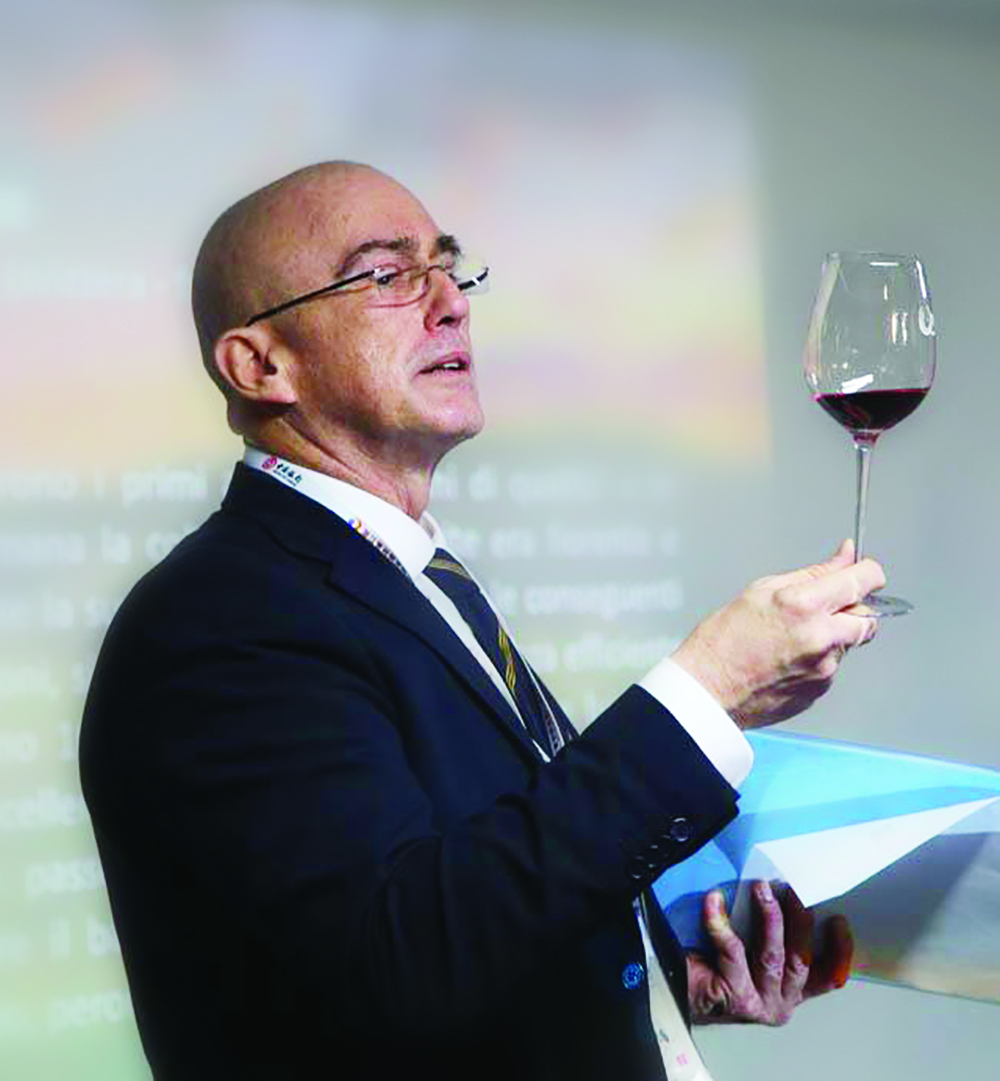
The production of sweet wines in Italy has a millenary history, and the tradition has consolidated over the centuries to the point that today almost every Italian region has a sweet or semi-sweet wine in its oenological treasure chest, capable of enchanting even the most rigid consumers or those who start with the conviction of not liking sweet wines.
Sweetness is the guiding thread of these productions, but the sugary component varies greatly depending on the wines, which are certainly able to satisfy all palates. Let’s begin our journey into the world of sweet wines by exploring various types among still and sparkling.
How is a sweet wine obtained?
In the fermentation process, the must comes into contact with yeasts that feed on the sugars present, transforming them mainly into alcohol and other elements. If this process is completed, we get a wine devoid of residual sugar and therefore dry; if, however, it is somehow interrupted, the wine will have a more or less high amount of residual sugar and will be sweet or semi-sweet.
The sensation of “sweetness,” always appreciated by any wine enthusiast, could sometimes exceed the limits of balance and tend towards being overly sweet. Therefore, a skilled producer must ensure that the wine has sufficient acidity to balance it.

The production of sweet wines can be done using various processes:
Late Harvest or Overripening: Based on the concept of evaporation of liquids in the grape caused by prolonged and natural exposure to the sun. Harvesting is delayed to obtain grapes that generate concentrated must. The fermentation is then interrupted, leaving a high residual sugar in the newly produced wine.
True Withering: An extreme version of this method aims to completely dehydrate the grapes. They are left to wither directly in the vineyard or on special racks or even suspended, enriching themselves with aromas, acidity, and polyphenols. Musts obtained from these grapes give rise to magnificent and prized wines such as Pantelleria passitos, Sagrantino, Vin Santo, or Recioto della Valpolicella or Soave.
Noble Rot (Botrytis Cinerea): The most sophisticated method involves the formation of a particular mold, Botrytis Cinerea. When it reproduces in smaller quantities, it causes only a partial rotting of the fruit, called “noble.” This will cause the bunches to wither, transforming them into very concentrated, full-bodied, and sweet musts. Fermentation is interrupted to leave a certain amount of residual sugar, necessary to characterize these wines called “botrytized,” known for their magnificent aromas and rare elegance.
Aromatic Grapes: Varieties like Moscatos, Malvasias, Brachettos, and Gewürztraminers, due to their characteristics, have generous aromatic qualities. It is sufficient to interrupt the ssfermentation again to obtain high residual sugars in the produced wine and increase its sweetness.
Sweet Sparkling Wines: Produced with sweet base wines, preferably using the Martinotti-Charmat method in an autoclave, but also with the classic method, adding a sugar solution to the liqueur d’expedition in the last phase before bottling.
Fortified Wines: Produced by increasing the alcohol content with the addition of concentrated must. If the base wine is sweet, we obtain fortified sweet wines that, surpassing 16% alcohol, naturally stop the yeasts in their process of transforming sugars into alcohol, creating a residual concentration of sugars in the wine. Unforgettable examples are Port, Madeira, Sherry, and Marsala.
Ice Wines: Surmature grapes obtained from a late harvest carried out very quickly are naturally frozen at very low temperatures (-10°C) and then pressed while still frozen. This process results in high sugar concentration and pronounced acidity.
Regarding recommended serving temperatures for these wines, they vary based on the producer’s suggestions or personal taste. It is essential to remember that low temperatures enhance the perception of hardness, including acidity, while high temperatures enhance the perception of softness, including sugars.





